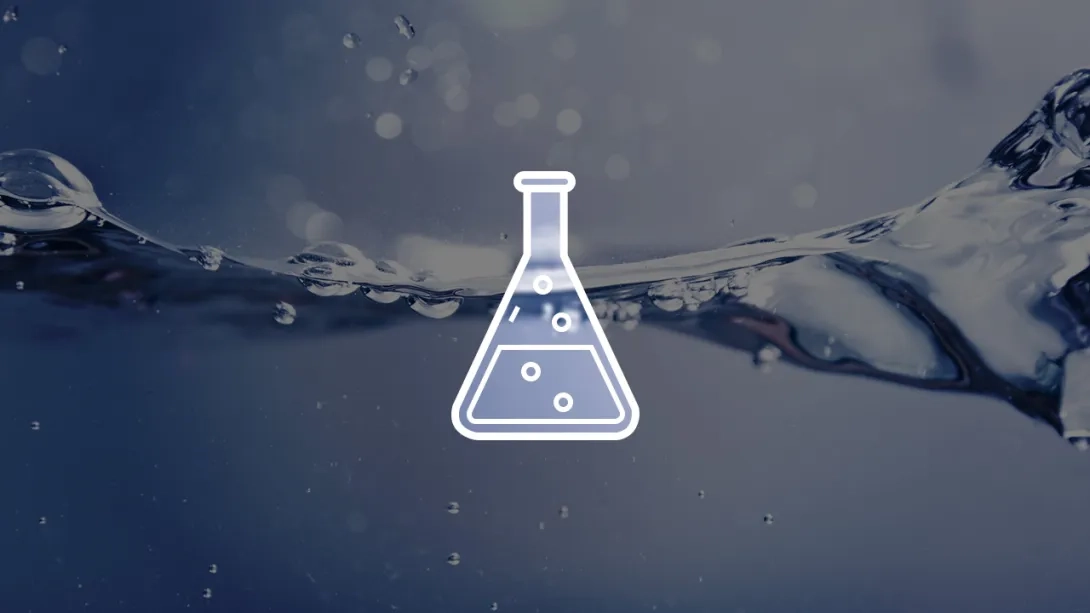Some water quality parameters, such as nitrates, are widely recognized due to their health impact. Others, like sulfates, often raise questions, especially when they exceed reference values. In this article, we will explore what sulfates in water indicate, their impact on human health, and ways to remove them.
What are sulfates?
Sulfates are salts of sulfuric acid (H₂SO₄) where the sulfate ion (SO₄²⁻) acts as the anion. The most common sulfates in water are sodium sulfate, potassium sulfate, and magnesium sulfate.

When analyzing water quality, the sulfate concentration is measured in isolation. However, to fully assess water composition, other indicators such as total dissolved solids (TDS), sodium, and calcium concentrations must be considered.
Sulfate limits in drinking water
The concentration of key mineral impurities in drinking water is regulated by sanitary standards. The limits for sulfates are as follows:
Centralized water supply & bottled water: Maximum Allowable Concentration (MAC) – 250 mg/L. In some cases, authorities may allow up to 500 mg/L for tap water.
Decentralized sources (wells, springs): MAC – 500 mg/L.
Sources of sulfates in water
The primary natural source of sulfates is mineral deposits that water interacts with as it moves through the environment. Surface water sources in Ukraine, such as rivers, usually contain 30–40 mg/L of sulfates, while groundwater can have higher concentrations due to mineral dissolution.
Other sources of sulfates are anthropogenic (human-made):
Mine Water:
A significant issue in central and eastern Ukraine.
Mine drainage water contains high concentrations of sulfates, chlorides, sodium, and calcium.
Large discharge volumes make complete purification difficult.
Industrial Wastewater:
Mining and ore-processing industries.
Leather, paper, and textile industries.
Exhaust Gases & Air Pollution:
Thermal power plants and industrial facilities burning fossil fuels release sulfur dioxide (SO₂).
Vehicles contribute to sulfur emissions.
Sulfur dioxide reacts with oxygen and atmospheric moisture, forming sulfuric acid (H₂SO₄), leading to acid rain.

Key chemical reactions:
SO₂ oxidation into sulfur trioxide (SO₃):
2SO2+O2→2SO3SO₃ reacts with water, forming sulfuric acid:
2SO3+H2O→H2SO4NO₂ and SO₂ interaction in the atmosphere:
NO2+SO2+H2O→H2SO4+NO
Acid rain accelerates soil acidification and water contamination.
Effects of sulfates on human health

The average person consumes about 500 mg of sulfates daily, mainly from food rather than water.
Sulfates give water a bitter taste at concentrations between 250–600 mg/L (depending on the sulfate type). The primary health effect observed from sulfate-rich water is a mild laxative effect, which is more pronounced when magnesium levels are also high. This effect typically occurs at 1000–1200 mg/L. However, since water with over 500 mg/L of sulfates has an unpleasant taste, drinking water standards set this as the maximum safe level.
Additionally, sulfates increase water conductivity, which can accelerate pipe corrosion, making their regulation important for water infrastructure.
Removing sulfates from water
In industrial applications, sulfate removal is crucial due to its corrosive nature and potential interference with processing. Common removal methods include:
Ion Exchange: Uses specialized resins to replace sulfate ions with harmless ions.
Reverse Osmosis (RO): Forces water through a membrane, effectively removing sulfates.
Electrodeionization (EDI): Used for ultra-pure water applications.
For household use, reverse osmosis filters effectively reduce sulfate levels along with other dissolved minerals.
Conclusion
Sulfates in water are generally not harmful at levels below the taste threshold. However, their regulation helps prevent corrosion in plumbing systems.
Since sulfates and chlorides are primary anions in water, high sulfate concentrations may indicate elevated levels of sodium, calcium, and magnesium. These minerals, in excess, can contribute to scaling, corrosion, and minor health effects.







